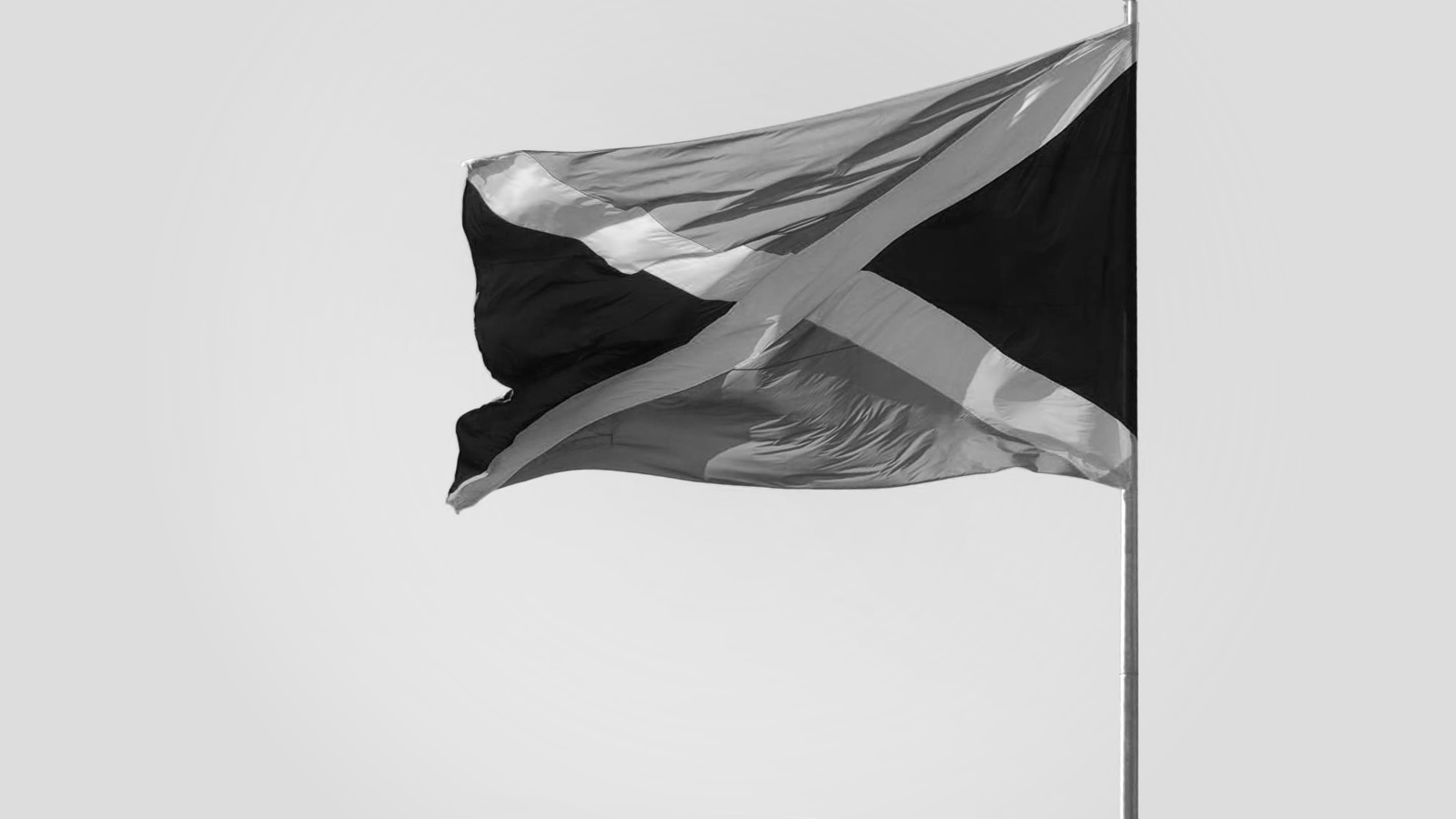Jamaica For Sale is a labour of love from filmmakers Diana McCaulay and Esther Figueroa — love for our beaches, our mangroves, our reefs, our land, our water, but most of all, for our people. Ostensibly a manifesto against the unchecked growth of large-scale tourism on the North Coast, the film is also a portrait of its inhabitants — the small hoteliers, vendors, fishermen, and squatters who comprise its social fabric. It doesn’t quite work; the environmental message is diluted by the extended interviews, and the social tableaux suffer from the environmental moralizing.
But there is much to praise about Jamaica For Sale. It is, first and foremost, an indigenous product — made by Jamaicans, mostly with Jamaicans, for Jamaicans. In a marketplace long since saturated with disposable American media, this alone is worthy of celebration.
Second, as is so often the case with Third World cinema, Jamaica For Sale gives voice to the underrepresented and unseen. We meet Paletta Watt, a Montego Bay vendor selling local craft to foreigners; Hugh Moncrieffe, owner of Time ‘n’ Place in Trelawny, visibly disturbed by the destruction of the seaside ecosystem; Veronica Tracy, resident of Pear Tree Bottom, St Ann, forcibly relocated from her informal settlement, losing her home and her crops. Her face tells its own rich story; pain and struggle wrapped in unyielding resilience.
Third, the film reaches for a historical perspective, all too welcome in a society addled by Internet-ready attention spans and the concept of inevitable progress. Footage of our independence ceremony, the transfer of power from the British, is mesmerizing both for its truth and its lies. The awesome responsibility of governing ourselves, a responsibility Figueroa and McCaulay seem to say we have shirked, is countered by the sad realization that we only transferred our dependence from one major economy (the United Kingdom) to another (the United States).
One of the film’s subtlest (perhaps even unintentional) but most powerful reminders is that a former Minister of Tourism, the Most Honourable P J Patterson, became Prime Minister for a decade and a half.
Bonus points to Figueroa and McCaulay for their choice of Caribbean and female academics as interview subjects, despite an over-reliance on the American academy. In a film about over-reliance on one American export (its wealthy middle-class), the filmmakers’ dependence on another (its university graduates) undercut their message while underscoring our neocolonialist position.
Formal basics were spotty: voices were sometimes disembodied and unidentified; close-ups at times felt invasive; sound and video quality inconsistent. These flaws have more to do with inexperience and inattentiveness than an inadequate budget, and as such, are inexcusable.
In its best moments, however, Jamaica For Sale gains an almost operatic quality; contralto plus construction (or, depending on your perspective, destruction) is powerful. The film’s best sequence may be its first. As the National Anthem begins, performed by the Jamaica Defence Force Military Band, its brass notes are repurposed, not over images of smiling schoolchildren or powerful athletes, but the irreversible alteration of our coastline. Concrete walls, chained gates, limestone dust clouds from tractors, and through the dust, a familiar sight: our flag, still fluttering in the sea breeze.
- Jamaica for Sale
- Directed by Esther Figueroa
- 92 min
- Documentary
